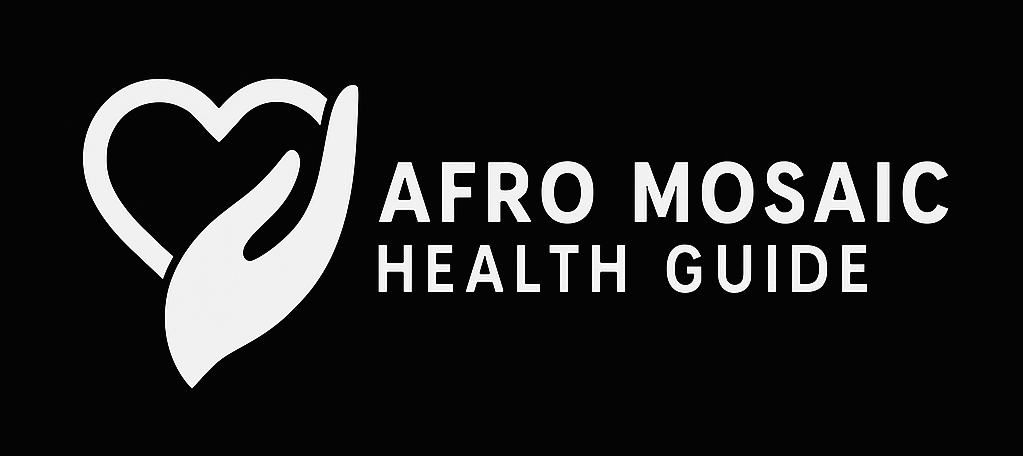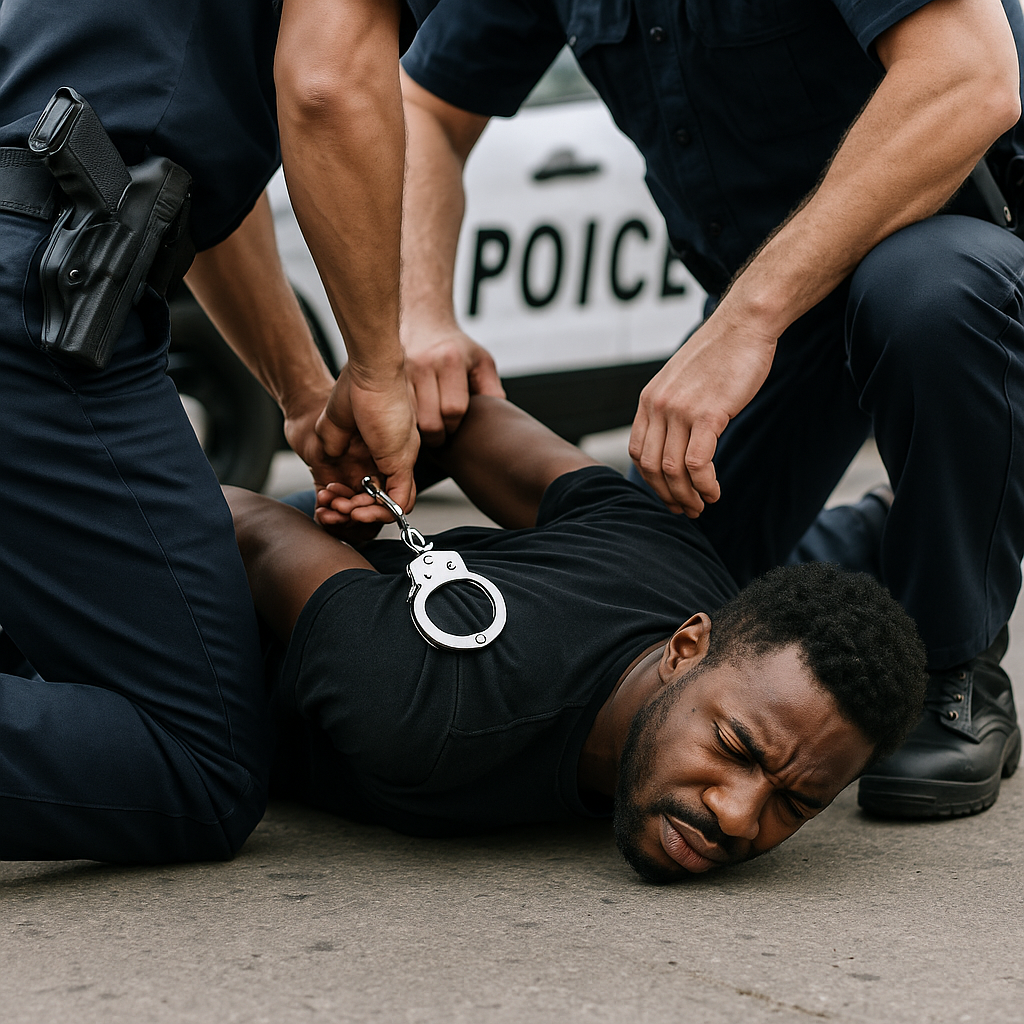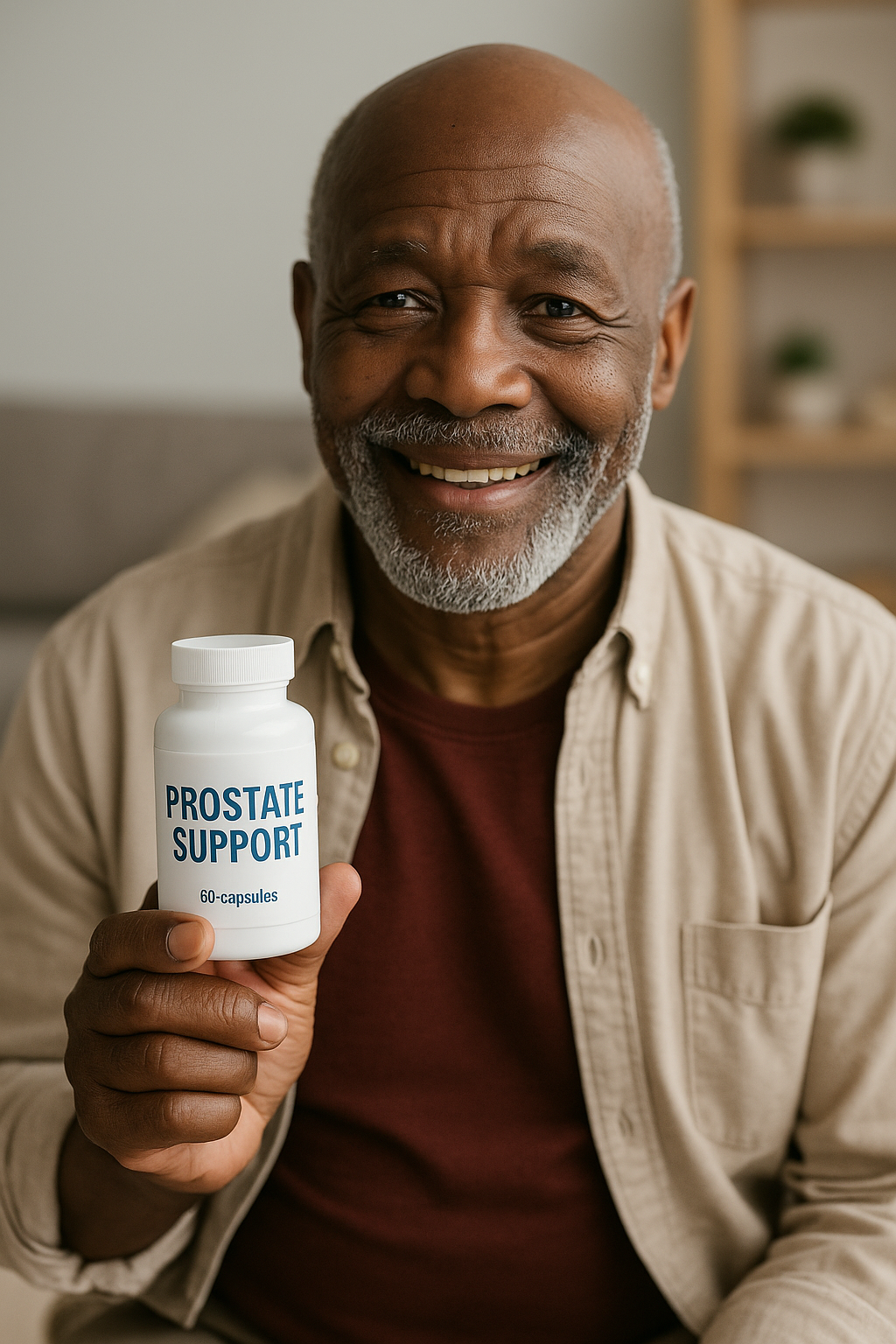
1.0 Introduction: The Unanswered Call
Picture this: a mother’s voice trembling through the receiver, “Please—my son can’t breathe.” But before help arrives, judgment does. For too many Black families, a 911 call isn’t just a plea for assistance—it’s a gamble with fate. In theory, emergency response is a promise: Call, and help will come. In reality, that promise breaks down along racial lines. Black homes are left navigating a 911 system built to serve, but not always to trust.
This article began as an investigation into one question: Why do 911 calls so often go wrong in Black neighbourhoods? What we found—or instead, what we couldn’t see—revealed more than data ever. It exposed ten deep cracks in a system designed to save lives, yet it too often puts them in danger.
2.0 Problem #1: The Burden of Suspicion
Before the ambulance arrives, before the aid comes, there is an assumption. Dispatchers and officers alike, consciously or not, often interpret distress through the lens of bias. A call for help in a white suburb reads as “urgent.” The same call from a Black neighbourhood is filtered as “potential threat.” Mothers calling for their sons are asked if the person is “violent.” Victims become suspects before responders even arrive. And that shift—from empathy to fear—sets the stage for everything that follows.
3.0 Problem #2: Slower Response Times, Faster Judgments
Data from major cities tell a sobering truth: emergency response times are often longer in predominantly Black neighbourhoods. Not because of distance. Not because of workload. Because of assumptions—the quiet, deadly kind that live between policy and perception. Each extra minute means more damage, more danger, more despair. A 911 system should measure urgency by need, not by ZIP code. Yet somehow, the stopwatch ticks more slowly when the address sounds “urban.”
4.0 Problem #3: When the Rescuers Bring Fear
Help shouldn’t arrive with a hand on a holster. But for too many Black families, it does. Imagine calling 911 for a mental-health crisis—and instead of an EMT, a squad car pulls up. Imagine your loved one in pain, confused, afraid—and an officer shouting commands they can’t process. Across North America, countless tragedies began with someone simply seeking help. The issue isn’t just who responds, but how they’re trained to see the situation. Mental distress in white spaces is a “health concern.” In Black spaces, it’s “noncompliance.” The difference isn’t in behaviour—it’s in bias.

5.0 Problem #4: The Language Barrier That Isn’t About Words
You can speak perfect English and still not be understood. When Black callers describe emergencies, cultural communication patterns—tone, urgency, fear—are often misread as aggression or hysteria. “Calm down,” dispatchers say, instead of “I hear you.” Tone becomes a test of credibility. And when your panic is misinterpreted as attitude, it can cost precious seconds—and lives. The irony? The 911 system was built for clarity, yet it falters most when clarity is most needed.
6.0 Problem #5: The Invisible Geography of Neglect
Look at a map of emergency coverage, and another pattern emerges: Fewer ambulances, fewer fire stations, fewer trained responders in historically Black neighbourhoods. This isn’t a coincidence—it’s policy legacy. Zoning, underfunding, redlining—decades of systemic neglect have carved deserts of delay into Black communities. In those areas, every 911 call has to travel farther, wait longer, and pray harder. The infrastructure of safety doesn’t reach everyone equally.
7.0 Problem #6: The Mental Health Crisis Within the Crisis
Every emergency leaves two victims: the one on the floor, and the one who made the call. Black callers learn to hesitate. They weigh risk versus rescue. “Will they help—or hurt?” That question alone is trauma. Repeated over generations, it shapes behaviour: people stop calling, even when they should. A burned-in mistrust becomes a survival instinct—and survival shouldn’t require silence. When fear of calling 911 becomes cultural wisdom, the system itself is broken.
8.0 Problem #7: Data That Disappears
Here’s where the “surprising insights we couldn’t find” come in. You would think there’d be national data on 911 outcomes by race—response times, injuries, escalation rates. There isn’t. Not publicly. Calls get logged. Responses get recorded. But the racial data often vanish in aggregation: no accountability, no trendline, no reform. What happens when a system collects everything except the truth? It becomes a fortress of denial—protected by missing numbers.
9.0 Problem #8: The “Wrong Door” Tragedy
We’ve seen the headlines.Atatiana Jefferson. Breonna Taylor. Others whose names never made the news. They didn’t commit crimes. They opened their doors. A mistaken address, a misunderstanding, a nervous trigger finger and lives end before questions begin. The “wrong door” problem is more than an error; it’s an expectation. Some responders arrive primed for confrontation, not compassion. They see a Black home, not a family in crisis. And when perception becomes a weapon, justice becomes posthumous.
10.0 Problem #9: The Cost of Over-Policing Emergencies
When law enforcement dominates emergency response, everything starts to look like a law-and-order issue—even illness, even fear.
A domestic dispute becomes an arrest. A panic attack becomes “disorderly conduct.” A teenager in crisis becomes a “suspect.” We don’t need fewer calls—we need better calls. Trained community responders, social workers, and culturally aware mental-health teams. Because not every cry for help requires a badge—it requires a bridge.
11.0 Problem #10: The Missing Human Element
At its core, every failed 911 call is a failure of empathy. Systems don’t save people—people save people. But only when they see the humanity in the voice on the other end of the line.What’s missing isn’t just training or technology. It’s trust. And trust can’t be coded into software; it’s built through reform, representation, and accountability.
Every dispatcher, responder, and policymaker must picture themselves—or their own family—on the other side of that call. Until that happens, we will keep repeating tragedies that should never happen.

12.0 The Bigger Picture: When Help Isn’t Safe
So what happens when a community begins to believe that calling for help is dangerous? You get a parallel reality—where neighbours handle emergencies alone, where people die quietly rather than risk an escalation. The 911 system, meant to unify, becomes a mirror of division. It reflects who society believes deserves saving—and who must first prove their innocence. This is more than an operational failure. It’s moral malpractice.
13.0 The Solutions We Can’t Afford to Ignore
Reform isn’t a slogan—it’s survival.
1. Redefine Response: Shift low-risk and mental-health calls away from armed officers toward trained medical and social professionals.
2. Collect Real Data: Require racial breakdowns of response times, outcomes, and escalation rates. Transparency isn’t optional—it’s foundational.
3. Retrain Dispatchers: Teach cultural competence and empathy as essential life-saving skills, not side modules.
4. Build Community Trust Units: Hire responders from the neighbourhoods they serve. Familiar faces reduce fear on both ends of the call.
5. Fund Equity in Infrastructure: Every neighbourhood deserves equal access to ambulances, emergency equipment, and mental-health crisis centers.
When we fix the pipeline of Response—from the first ring to the last breath—we don’t just save lives. We save the idea that help still means hope.
14.0 Conclusion: The Call for Change
The truth is both staggering and straightforward: A 911 call should never end in trauma. But for many Black homes, it too often does. Behind every statistic is a story. Behind every tragedy is a family that just wanted help.
And behind every unrecorded data point is a question society must finally answer: Who gets to feel safe dialling three numbers? The “surprising insights we couldn’t find” weren’t lost—they were withheld, hidden in the blind spots of bureaucracy and bias. And until we illuminate those gaps, no amount of reform will stick because you can’t fix what you refuse to see.
This isn’t just about policing. It’s about perception. It’s about policy. It’s about people. When every call is heard with compassion, every second counts for life, not suspicion. Until then, the sound of a ringing phone in a Black home will carry two meanings: A plea for help—and a prayer that help doesn’t hurt.















